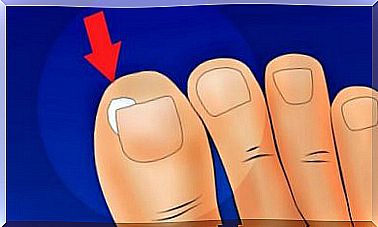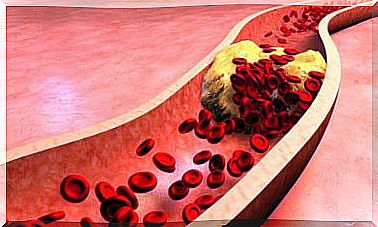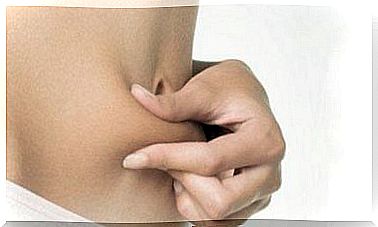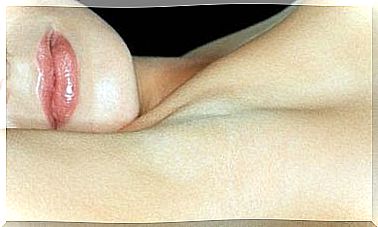Everything You Need To Know About Polymyositis

Polymyositis is a rare disease in which inflammation develops in an area of the body. It occurs more often in women and people between 30 and 50 years. It also forms a subtype within a group of diseases known as myositis.
In the following article we will tell you more about polymyositis.
Symptoms of polymyositis

As a rule, this disorder is systemic, ie it can affect all areas of the body. Usually the patient suffers from a number of changes or signs that may be related to this disease. These appear little by little and worsen with the development of polymyositis.
Among the symptoms that appear most often, we thus include:
- Fatigue, exhaustion or general weakness
- Fever that can vary in intensity but is usually not high
- Skin changes grouped under the name dermatomyositis, a disease in which there is swelling and the formation of rashes on the skin
- Skin tenderness over the affected areas
- Intense pain or discomfort in the skeletal muscles, this condition worsens after a certain amount of intense physical activity
- Morning stiffness in the joints involved
Another characteristic symptom is muscle weakness, which usually affects the shoulder and hip muscles. It can cause several general problems:
- Ingestion (dysphagia). This condition in turn can lead to poor appetite. Therefore, it is possible that the patient will lose weight in a short time (without trying).
- Voice changes that alter the patient’s normal speech.
- Difficulty breathing which may lead to respiratory failure. Aspiration (food intake, saliva, etc.) in the lungs may also occur. In this case, the risk of pneumonia increases significantly.
- Difficulty performing a variety of activities involving muscles that can be altered. For example, lifting objects over your head or getting up when the patient is sitting.
Causes
At present, the specific cause or trigger of this disorder has not been identified. Recent studies, however, have found similar characteristics to autoimmune diseases.
In these diseases , the body’s cells incorrectly attack internal tissues and gradually degrade them. On the other hand, an infection can also be a cause.
Diagnosis
The medical team can perform a series of examinations to arrive at a diagnosis. In this way, they can identify the disease and at the same time rule out other diseases with similar symptoms. Among the most common procedures are the following:
- Physical examination. In it, the specialists check the symptoms that the patient may feel, their clinical history and their course (family members who may have suffered from the same disease).
- Muscle biopsy. A small amount of affected muscle is removed and analyzed with laboratory tests.
- Internal imaging, for example using magnetic resonance imaging (or MRI) on the altered muscles.
- Use of electromyography to check both the condition of nerves and muscles in the area.
- Other routine examinations such as blood and urine tests.
Treatment for polymyositis

There is still no definitive cure for this disease, but several treatments have been developed in this regard. Therefore, the ultimate goal of treatment will be to relieve the symptoms that the patient presents and improve the quality of life. When it comes to treatment, we include recommendations such as:
- Use of medication. For example, corticosteroids and other complementary drugs. The use must be controlled by the medical team, as prolonged use can cause a number of very harmful side effects.
- Different types of therapy. We refer to physiotherapy, guidelines for regaining daily speech and eating an appropriate diet as the disease progresses.
Polymyositis is a disease with good treatment prospects for the future. The treatment of symptoms significantly improves the patient’s quality of life.









